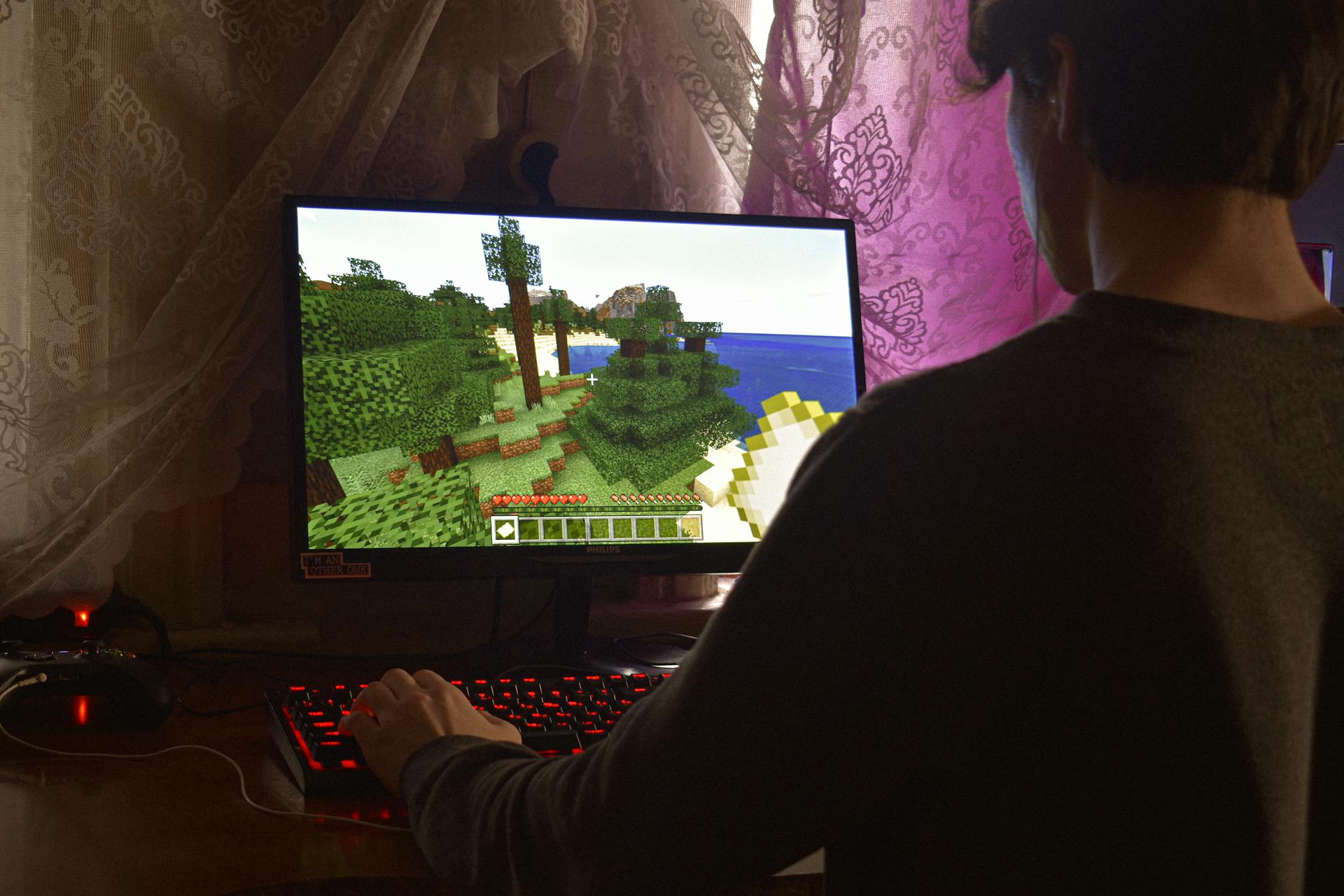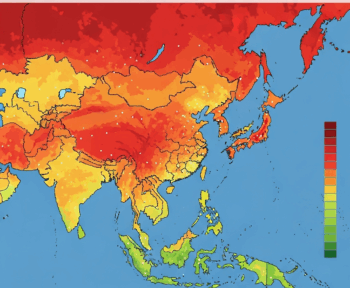India’s gaming industry has emerged as one of the most dynamic sectors in the digital economy, transforming from a niche entertainment option into a mainstream cultural phenomenon that touches nearly 700 million gamers across the nation1. The market, valued at USD 4.3 billion in 2024, is projected to reach an impressive USD 15.2 billion by 2033, growing at a robust CAGR of 15.2%1. This remarkable growth story reflects not just numbers, but a fundamental shift in how Indians consume digital entertainment, with every second person in the country now identifying as a gamer
Mobile Gaming Dominance Reshaping Digital Entertainment
Mobile gaming commands an unprecedented 55.88% market share in 2025, serving as the primary gateway for India’s gaming revolution3. The dramatic transformation from ₹250/GB data costs to just ₹10/GB, combined with smartphones now available under ₹10,000, has democratized access across tier-2 and tier-3 cities where two-thirds of India’s gamers now reside23. This mobile-first approach has resulted in India recording 8.45 billion game downloads in 2024, establishing the nation as the global leader in mobile game installations3.
The affordability revolution continues with entry-level devices shipping with 6GB RAM, enabling mid-core gaming experiences previously impossible on budget hardware3. India’s mobile gaming contributes 90% of total gaming revenue compared to just 62% in China and 37% in the United States, highlighting the unique mobile-centric nature of the Indian market1.
Premier Games Driving India’s Gaming Culture
Teen Patti and poker variants have emerged as cornerstone titles in India’s card gaming segment, with development costs starting from $25,000 USD for basic functionality8. These games leverage multiplayer capabilities, automatic updates, and sophisticated game bots to create engaging experiences that resonate with Indian players’ preferences for skill-based card games8.
Rummy platforms continue their dominance in the real-money gaming sector, though recent regulatory changes including the 28% GST have compressed margins significantly3. The game’s integration of UPI micro-transactions has reduced checkout abandonment, contributing to the in-app purchase model’s 41.11% revenue share3.
Battle royale titles including Battlegrounds Mobile India (BGMI) and Garena Free Fire generate approximately half of mobile gaming revenue despite serving a smaller audience base3. These games have capitalized on India’s appetite for competitive multiplayer experiences, with Free Fire alone contributing $91 million in revenue1.
Indian-developed titles are gaining international recognition, with Indus Battle Royale from SuperGaming achieving 8 million downloads and 3 million monthly active users by blending Indo-futuristic themes with modern shooter mechanics2. The game’s success demonstrates the viability of culturally relevant content in capturing domestic audiences while attracting international publishers3.
Fantasy sports platforms led by Dream11 posted ₹6,384 crore revenue in FY2023, demonstrating scale benefits despite GST headwinds3. The convergence of traditional sports and gaming reached new heights with Torrent Group’s acquisition of 67% of Gujarat Titans IPL franchise in August 20253.
The 5G Revolution and Cloud Gaming Transformation
India’s 270 million 5G subscriptions in 2024, projected to reach 980 million by 2030, are revolutionizing gaming possibilities3. Cloud gaming platforms are expanding at 16.3% CAGR through 2030, with Reliance Jio’s Blacknut service offering 50+ premium titles without console ownership requirements3. This technological leap enables 1080p resolution at 60fps on budget smartphones, democratizing access to AAA gaming experiences previously limited to expensive hardware3.
The average latency dropping below 20 milliseconds with 5G has enabled real-time esports streaming and competitive gaming on mobile devices, narrowing the performance gap with dedicated gaming setups3. This infrastructure advancement positions India to become the world’s largest cloud-streamed gaming arena by 20333.
Government Initiatives Catalyzing Growth
The establishment of the National AVGC-XR Task Force and ₹392.85 crore investment in the Indian Institute of Creative Technologies demonstrates government commitment to nurturing homegrown studios3. The proposed Promotion and Regulation of Online Gaming Bill 2025, tabled in the Lok Sabha, aims to position India as the “game development capital of the world” by creating clear distinctions between skill-based games and gambling10.
Government initiatives including 100% FDI through automatic routes have attracted major investments from Krafton and Nazara Technologies3. The Create in India Challenge registered over 100,000 developer entries, signaling a deepening talent pool ready to drive innovation3. These policy frameworks, combined with Digital India initiatives and the National Broadband Mission, are expanding gaming access across rural regions1.
Vernacular Gaming Revolution
The surge in vernacular content has emerged as a powerful growth driver, contributing 1.9% to market CAGR3. Ludo King’s nearly 1 billion downloads showcase the potential of culturally adapted games, with localized interfaces now covering 80% of addressable gamers across Hindi, Tamil, and Telugu languages3. This localization extends beyond translation, incorporating regional festivals, cultural motifs, and local celebrity endorsements that resonate with diverse Indian audiences3.
Games like Mumbai Gullies and Raji: An Ancient Epic demonstrate the international appeal of Indian-themed content, while titles incorporating Indian mythology and urban experiences are finding success both domestically and globally1. Festival-linked live operations boost holiday spending spikes by up to 30%, demonstrating the commercial viability of culturally relevant gaming content3.
Employment and Investment Ecosystem
The gaming sector currently employs approximately 130,000 professionals across 1,900 gaming companies, with projections indicating an additional 250,000 jobs by 202923. The industry has attracted 2.8billioninfunding∗∗overthelastfiveyears,with∗∗2.8billioninfunding∗∗overthelastfiveyears,with∗∗1 billion raised in 2024 alone2. Recent investments include GameRamp’s $5.4 million for AI-based economies and Mayhem Studios’ $20 million Series A funding3.
Venture capitalists and international publishers recognize India’s potential, with Krafton committing unlimited funding for local studios seeking culturally tuned AAA pipelines3. The ecosystem’s maturity is evident in companies like Nazara Technologies raising ₹855 crore for strategic acquisitions in esports broadcasting and gamified learning3.
Technological Innovations Shaping the Future
Artificial Intelligence integration has become fundamental to game development, with AI-driven analytics optimizing player retention and monetization strategies4. Machine learning algorithms enable real-time difficulty scaling, anti-fraud measures, and personalized gaming experiences that adapt to individual player behaviors3. Patent filings for ML-driven user matching rose 40% year-on-year, indicating rapid technological advancement3.
The adoption of AR and VR technologies in urban centers, combined with affordable devices and 5G infrastructure, is creating immersive gaming experiences that merge physical and virtual worlds4. Indian developers focus on location-specific AR applications and multiplayer experiences that leverage India’s dense urban environments4.
Market Segmentation and Revenue Models
The Indian gaming market demonstrates diverse monetization strategies, with in-app purchases leading at 41.11% market share while subscription models grow fastest at 15.9% CAGR3. The casual and hyper-casual segment maintains 28.48% market share, while battle royale and FPS games project 16.1% CAGR growth3. This diversification provides sustainable revenue streams across different player segments and spending behaviors.
Demographics reveal 39.6% of gamers aged 15-24, averaging 13 weekly gaming hours with high purchase propensity3. Female participation grows at 15.8% CAGR, now representing 43% of mobile players, indicating broader market appeal beyond traditional gaming audiences3.
Regional Growth and Future Outlook
South India leads regional growth projections at 16.2% CAGR through 2030, driven by its technology ecosystem and English proficiency3. The market’s expansion into tier-2 and tier-3 cities, enabled by improved digital infrastructure, presents untapped potential with 23 million new users added in FY24 alone2. User penetration stands at 19.1% in 2025, expected to reach 22.0% by 2030, indicating substantial room for growth5.
The convergence of favourable demographics, with India’s median age at 28 years, technological advancement through 5G and cloud gaming, and supportive government policies creates unprecedented opportunities. As regulatory frameworks stabilize and infrastructure improves, India transitions from being merely a consumer to a creator of world-class gaming content, promising to reshape the global gaming landscape in the coming decade.





